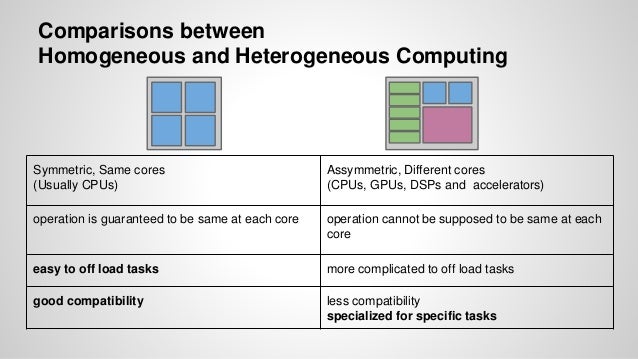Homogeneous and heterogeneous thermodynamic systems
Q) What are homogeneous functions?
Tips on using solutions Full worked solutions Page 3 Section 1: Theory 3 1. Theory M(x, y)=3x2 + xy is a homogeneous function since the sum of the powers of x and y in each term is the same (i.e. x2 is x to power 2 and xy = x1y1 giving total power of 1 + 1 = 2). The degree of this homogeneous function is 2.

A homogeneous thermodynamic system is defined as the one whose chemical composition and physical properties are the same in all parts of the system, or change continuously from one point to another. A homogeneous system can be exemplified by imagining a column of atmospheric air, which is a mixture of a number of gases, mainly nitrogen and oxygen. In a system of this kind, acted upon by the force of gravity, both the composition of the system and its physical properties will continuously change from one point to another.
A heterogeneous system is denned as one consisting of two or more homogeneous bodies. The homogeneous bodies of a heterogeneous system are referred to as phases. Each phase is separated from other phases by interfaces, or boundaries, and in passing over such a boundary the chemical composition of the substance or its physical properties abruptly change. This phase boundary must not be regarded as a mathematical surface but as a thin layer separating the phases, a layer where the properties of one phase pass, or turn, rapidly into the properties of the other phase.
An example of a heterogeneous system is water with ice floating in it. This system has two homogeneous bodies, water and ice. The chemical composition of the two phases is the same, but their physical properties differ drastically.
Another example of a heterogeneous system is the content of a sealed steel tube containing liquid mercury, liquid ethyl alcohol, and a mixture of saturated vapors of the alcohol and mercury. This heterogeneous system comprises three phases. The first phase is the liquid mercury, the second is the liquid ethyl alcohol, and the third phase is represented by the mixture of saturated vapors. Here the chemical compositions and the physical properties of all phases are different.
A homogeneous system and each phase of a heterogeneous system may consist of one or several pure substances.
A homogeneous system or the phase of a heterogeneous system that consist of several pure substances is called a solution or mixture.
All pure substances and solutions can exist in three states of aggregation: gas, liquid and solid.
Q) What is the difference between homogeneous and heterogeneous system?
A homogeneous thermodynamic system is defined as the one whose chemical composition and physical properties are the same in all parts of the system, or change continuously from one point to another. ... The homogeneous bodies of aheterogeneous system are referred to as phases.
Q) What are homogeneous functions?
Tips on using solutions Full worked solutions Page 3 Section 1: Theory 3 1. Theory M(x, y)=3x2 + xy is a homogeneous function since the sum of the powers of x and y in each term is the same (i.e. x2 is x to power 2 and xy = x1y1 giving total power of 1 + 1 = 2). The degree of this homogeneous function is 2.

Comments
Post a Comment